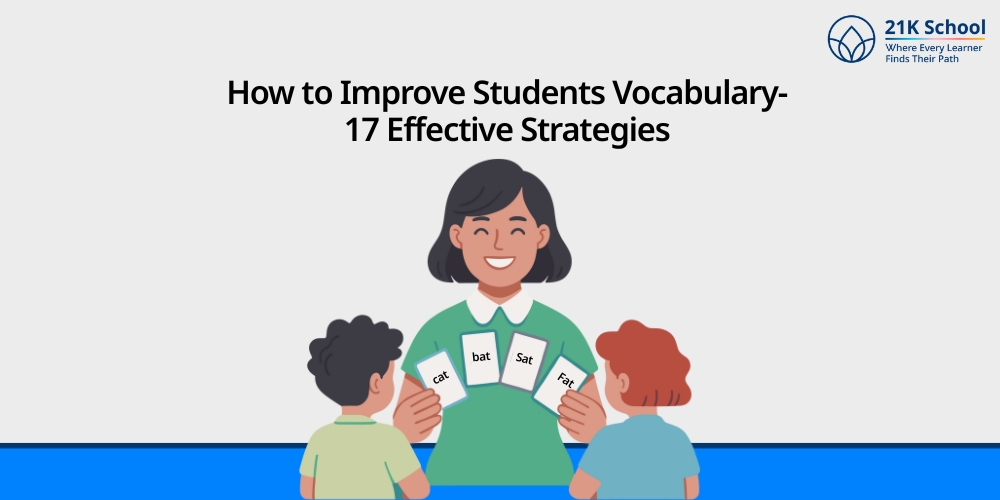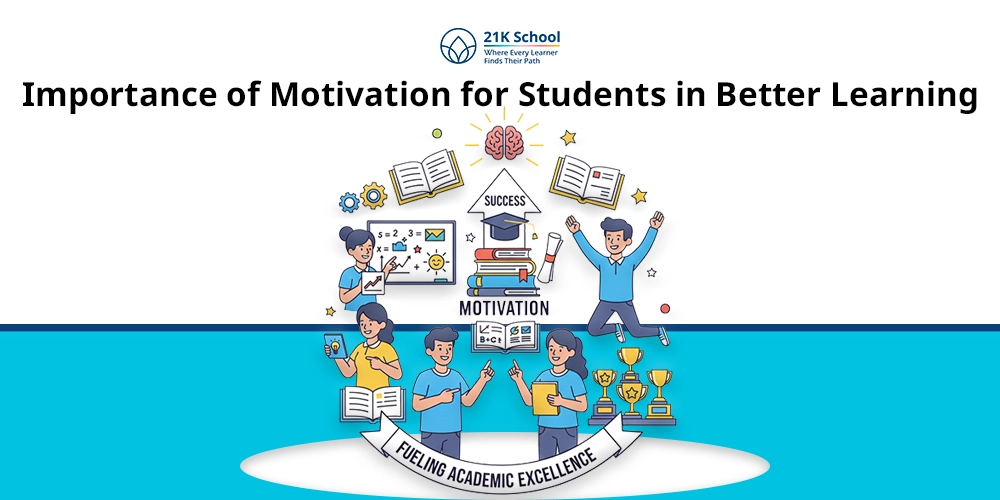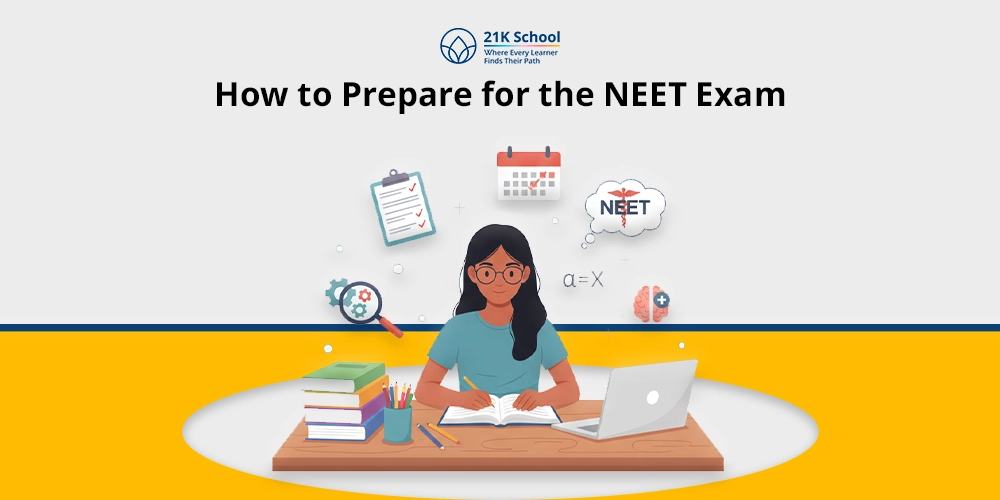
One of the foundational learning approaches for students is “Vocabulary”, an effective way to read, write, and communicate.
However, improving vocabulary knowledge is not a one day task. It’s continuous learning that improves with time.
For students, vocabulary is not just a way of communication but an understanding of words in a meaningful context.
Here we will go through 17 proven ways to improve students’ vocabulary from simple educational activities to interactive reading. Let’s begin!
Contents
- What Is Vocabulary Development in Students?
- How to Improve Students’ Vocabulary: 17 Proven Strategies
- 1. Play Word Games
- 2. Learn From Context
- 3. Essential Words Routine
- 4. Explicit Vocabulary Instruction
- 5. Interactive Reading
- 6. Semantic Mapping
- 7. Vocabulary Review Activities
- 8. Create Vocabulary Notebooks
- 9. Defining Words within Context
- 10. Keep a Vocabulary Journal
- 11. Create a Vocabulary Wall
- 12. Frayer Model
- 13. Free Write
- 14. Read Aloud
- 15. Use a Dictionary and Thesaurus
- 16. Vocabulary Apps
- 17. Developing a Love for Language
- Conclusion
What Is Vocabulary Development in Students?
In students, Vocabulary development means an effective procedure of learning to understand new and meaningful words.
Vocabulary is effective for connection, reading, thinking, and overall academic and future growth. It helps students to grasp how work functions in different contexts.
Receptive vocabulary and expressive vocabulary are two main types of vocabulary important to understand complex parts through clarity.
How to Improve Students’ Vocabulary: 17 Proven Strategies
To avail the benefits of vocabulary one must consider 17 proven ways to improve students’ vocabulary easily:
1. Play Word Games
Playing with words is one of the fun learning games to improve students’ vocabulary with interest.
Some of the popular games such as Scrabble, Boggle, Wordle, Pictionary, and Crossword puzzles promote recall, and contextual understanding.
2. Learn From Context
In learning from context, students relate with surrounding words, sentences, or themes before seeking the meaning in the dictionary.
It is an ideal way of memorisation effective for independent learners and better readers.
3. Essential Words Routine
In this technique students work on “Essential Words” on a daily basis to improve their vocabulary.
Teachers in school or parents at home can introduce educational activities like “Word of The Day” or “Weekly Vocabulary Challenge”.
By this way students explore meanings, synonyms, antonyms, etc.
4. Explicit Vocabulary Instruction
Explicit vocabulary instruction is a direct teaching technique highly used in classroom learning .
Here, teachers introduce new words, share meaning, synonymous and explain its importance before starting the paragraph or chapter.
Explicit vocabulary instruction by teachers is helpful, brings clarity and prevents confusion in students.
5. Interactive Reading
Interactive reading is an effective way of vocabulary building. Learners can read different books to increase interaction.
Interactive reading sessions organised by the school and facilitators build the habit of learning new things in students.
Understand the benefits of reading for students .
6. Semantic Mapping
“Semantic Mapping” a popular visual representation or diagram which showcases the relationship of words.
For example, weather is related to many words like climate, humidity or temperature. This method builds strong memory power for the long run.
7. Vocabulary Review Activities
For maximum retention repetition is must. Vocabulary review activities on a regular basis help learners to easily sustain words fresh in students’ minds.
Go through some common games for vocabulary improvement vocabulary, quizzes,flashcards, word-matching exercises, and fill-in-the-blank tasks.
8. Create Vocabulary Notebooks
Discovering new words and being unable to retain is a common challenge.
Retention of information like new words required creation of a vocabulary notebook is an ideal method.
Students should make columns to record new words, meanings, and example sentences. The approach helps in long term retention and increases attention span .
9. Defining Words within Context
Defining words within context means giving meaningful contexts rather than in isolation.
Here, learners instead of simply defining connect new vocabulary to real-life situations. Contextual learning is an important element of modern education .
10. Keep a Vocabulary Journal
Keeping a notebook or a vocabulary journal is the right way of learning.
By active listening and writing of the crucial words heard while reading a book, listening to an audiobook, or classroom discussions.
Students can write regularly to build a good habit of learning new things.
11. Create a Vocabulary Wall
A classroom vocabulary wall is an effective technique facilitator can maintain to teach new words which increase their vocabulary.
Students may also recreate or replicate their vocabulary wall at home to recall the words they have learned in school.
12. Frayer Model
The Frayer Model is the most popular among all methods of improving vocabulary.
It is a structured graphic organiser where learners analyse vocabulary words in detail.
It includes four sections: Definition, Characteristics, Examples, and Non-examples.
13. Free Write
Free writing is an encouraging way of improvement. Students are open to write anything from a hobby or literature homework .
Through this is which students can write stories, journal entries, or essays via specific words chosen by their own.
This allows students to retain, improves creativity and meaningful vocabulary.
14. Read Aloud
Reading in a loud voice is not only helpful in pronunciation and word clarity but also improves students’ vocabulary skills.
This ensures that students hear the words to recall in the needful situations.
Teachers can read history incidents, parents can share their stories and kids can read chapters aloud to enhance comprehension and vocabulary learning.
15. Use a Dictionary and Thesaurus
To improve vocabulary, correct use of a dictionary and thesaurus promotes self-reliance and curiosity about words.
Dictionaries are mainly used for meanings, & pronunciation and thesaurus introduce their synonyms and antonyms.
16. Vocabulary Apps
Use of technology in education to learn vocabulary is a modern approach where learners can use different vocabulary apps.
For example, Quizlet, Vocabulary.com, and Knoword. Various interactive games and quizzes engage learners for a longer run.
17. Developing a Love for Language
The best vocabulary learners are those who love language. Learners who are self-curious, love to explore words origins, idioms, metaphors etc learn more easily.
To build interest start with creative wordplay, poetry, and storytelling in class. This helps them to learn different languages easily.
Also, explore the importance of language skills .
Conclusion
Implementation of vocabulary is a lifelong learning process that helps learners to increase curiosity , interest and research abilities.
It opens doors to increase deep understanding, proper communication which directly improve academic performance .
Vocabulary is beneficial for students’ educational journey. And can be reinforced through the above mentioned 17 ways on how to improve students’ vocabulary.
Remember, a strong vocabulary from a young age ensures clarity, creatively, and meaningfully understanding of words.


